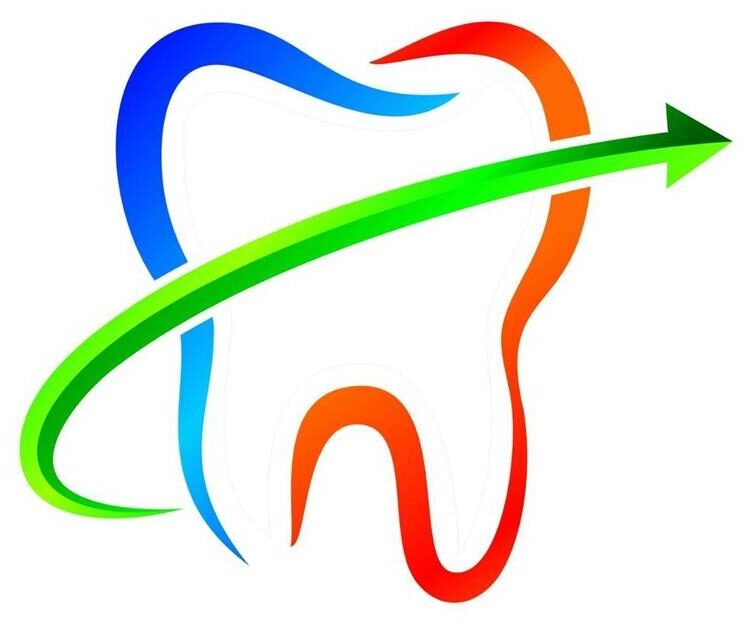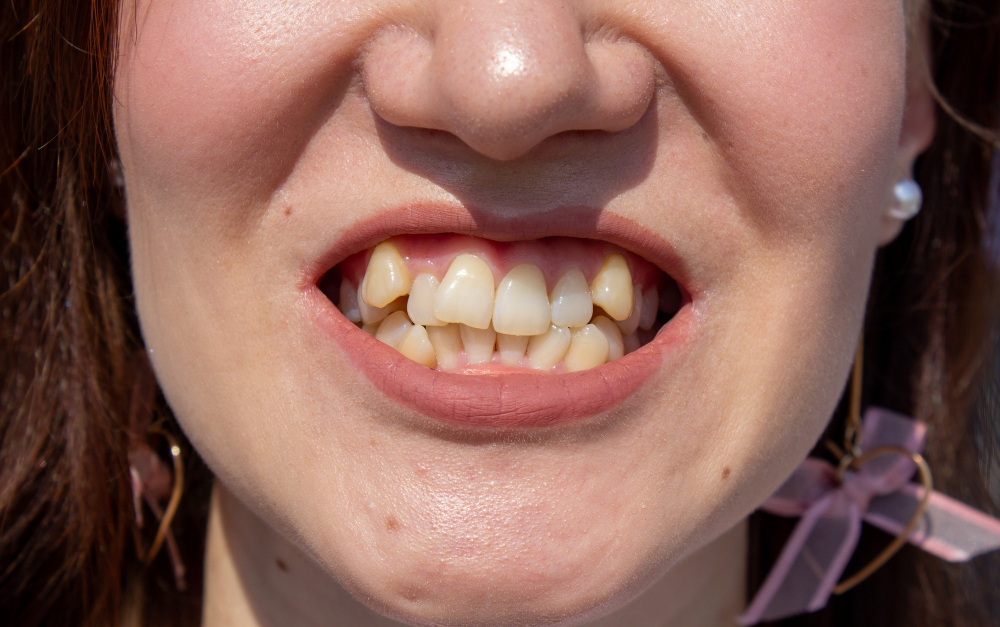What is Malocclusion (Misaligned Teeth)?
Malocclusion, also called misaligned teeth, means your teeth do not fit together as they should. This common dental problem can affect your bite, speech, and even your smile. Because malocclusion can lead to other oral health issues, it is important to understand its types and causes. The three main types are overbite, underbite, and crossbite. Each type has its own symptoms and treatment options.
Types of Malocclusion
Overbite: Definition, Symptoms, and Causes
An overbite happens when your upper front teeth cover your lower front teeth too much. Sometimes, this is called a deep bite. Overbites can be mild or severe. Often, people notice an overbite when their top teeth stick out far over the bottom teeth.
For example, children who suck their thumbs may develop an overbite as their teeth grow.
Underbite: Definition, Symptoms, and Causes
An underbite is when your lower front teeth stick out past your upper front teeth. This type of malocclusion can make your chin look more prominent. Underbites can cause discomfort and affect how you chew food.
As a result, early treatment for underbite symptoms can help prevent future dental issues.
Crossbite: Definition, Symptoms, and Causes
A crossbite occurs when some upper teeth sit inside the lower teeth when you bite down. This can affect the front teeth, back teeth, or both. Crossbites can lead to uneven jaw growth and tooth wear.
Because crossbites can worsen over time, early crossbite treatment is important.
Diagnosis of Malocclusion
To diagnose malocclusion, a dentist will check your teeth and jaw alignment. They may take X-rays or dental impressions to see how your teeth fit together. Sometimes, they use special tools to measure your bite. Early diagnosis helps with better treatment for malocclusion. According to the American Dental Association, regular dental checkups are key for spotting problems early.
Treatment Options for Malocclusion
Treatment for malocclusion depends on the type and severity. Your dentist or orthodontist will suggest the best plan for you. Here are some common options:
Because early treatment often leads to better results, it is best to see a dentist as soon as you notice signs of misaligned teeth. If you are looking for malocclusion treatment in your city, search for a qualified orthodontist near you.
Prevention and Oral Care Tips
While not all cases of malocclusion can be prevented, good oral habits can help. Here are some tips to keep your teeth healthy and reduce the risk of misalignment:
In summary, caring for your teeth and seeing your dentist regularly can help prevent many dental issues, including malocclusion.
Consult a qualified dentist for personalized advice on malocclusion and treatment options.

